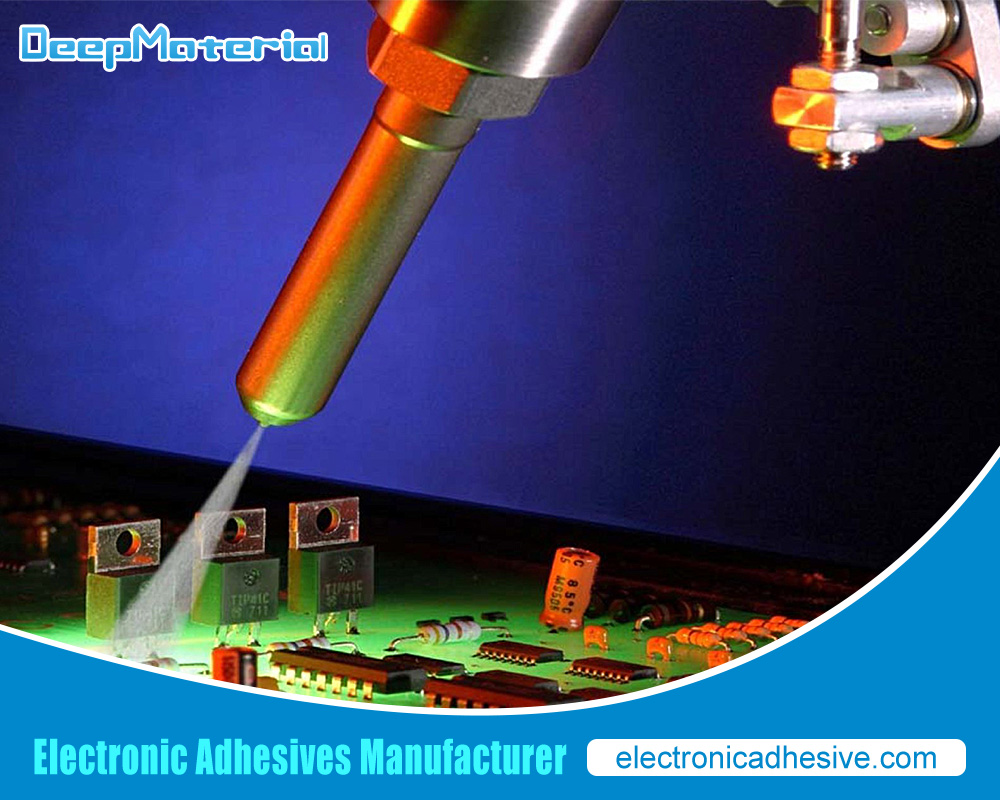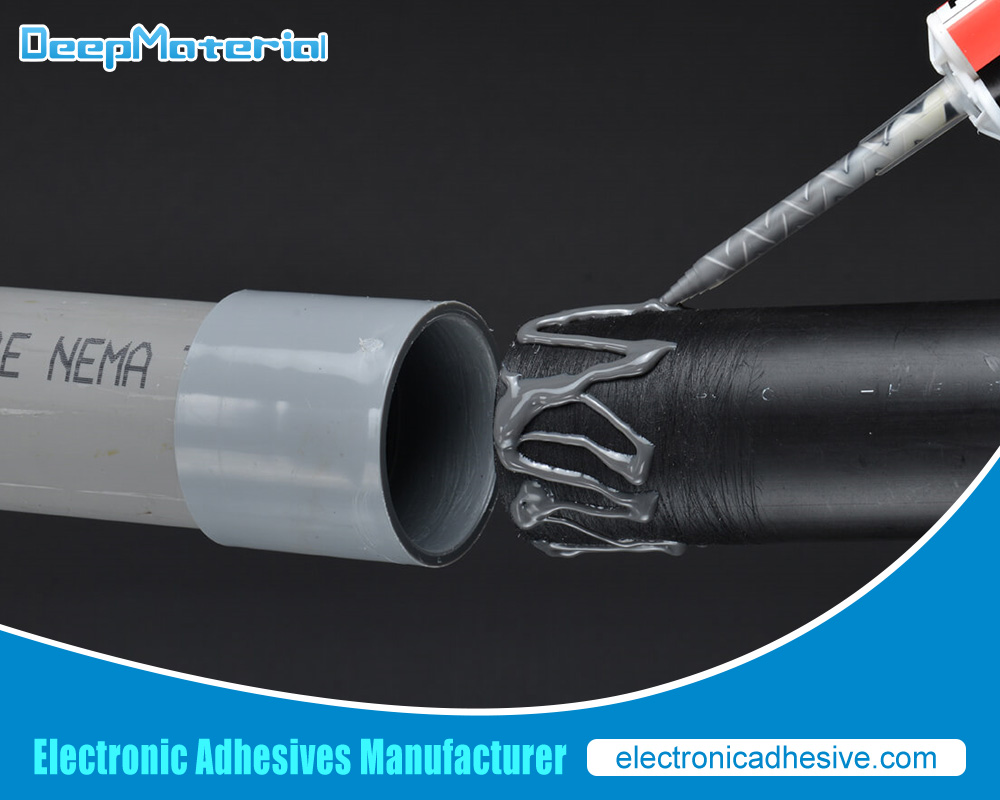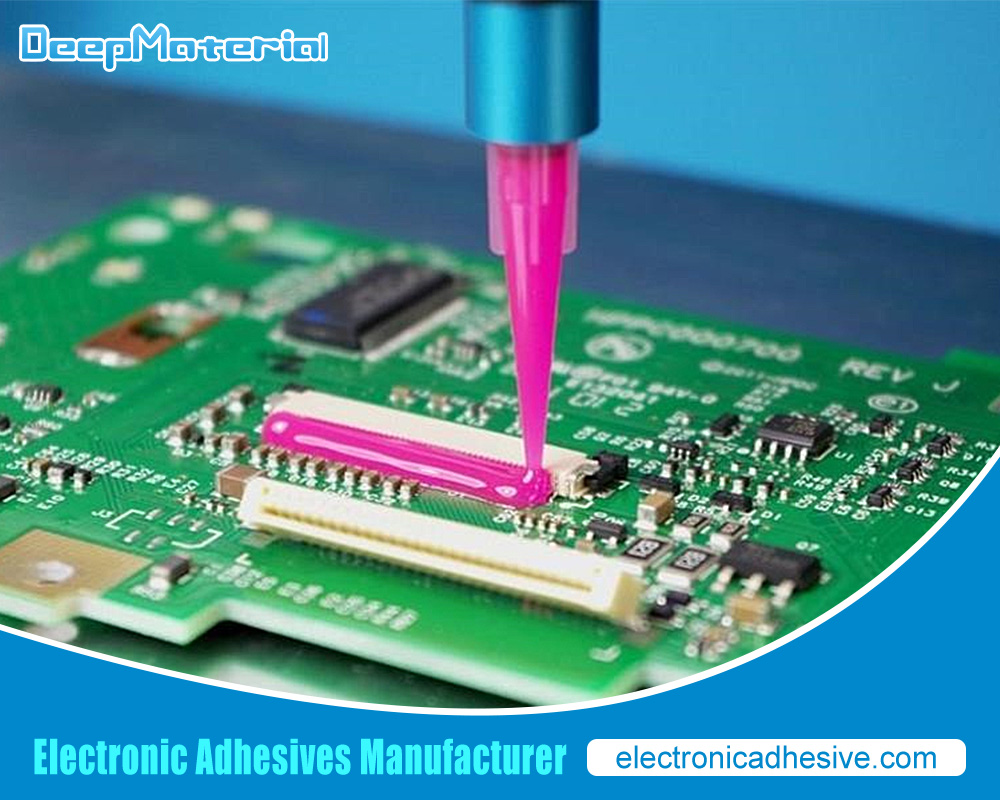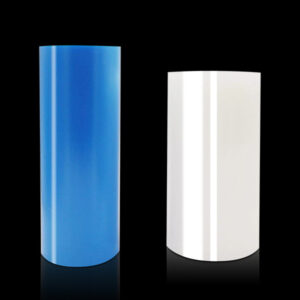Industrial Strength Epoxy Adhesive: A Game-Changer for Automotive Repairs
Industrial Strength Epoxy Adhesive: A Game-Changer for Automotive Repairs
Epoxy adhesive is a type of adhesive that is known for its strong bonding capabilities and versatility in various applications. It is commonly used in automotive repairs due to its ability to bond different materials together effectively. Whether it’s repairing a cracked bumper, fixing a broken headlight, or patching up a damaged windshield, epoxy adhesive is a go-to solution for many automotive repair professionals.

Benefits of Using Epoxy Adhesive for Automotive Repairs
One of the main benefits of using epoxy adhesive for automotive repairs is its strong bonding capabilities. Epoxy adhesive forms a strong and durable bond between different materials, ensuring that the repair will last for a long time. This is especially important in automotive repairs, where the repaired parts are subjected to constant vibrations and stress.
Another benefit of epoxy adhesive is its resistance to heat, chemicals, and water. Automotive repairs often involve exposure to extreme temperatures, harsh chemicals, and water. Epoxy adhesive can withstand these conditions without losing its bonding strength, making it an ideal choice for automotive repairs.
In addition to its bonding capabilities and resistance to harsh conditions, epoxy adhesive is also versatile in repairing different materials. Whether it’s metal, plastic, glass, or fiberglass, epoxy adhesive can effectively bond these materials together. This versatility makes it a valuable tool in the automotive repair industry.
How Epoxy Adhesive Works on Different Automotive Materials
Epoxy adhesive works by chemically bonding with the surface of the materials being repaired. When epoxy adhesive is applied to a surface, it penetrates into the pores of the material and forms a strong bond as it cures. This chemical reaction creates a durable and long-lasting bond between the adhesive and the material.
Examples of materials that can be repaired with epoxy adhesive include metal, plastic, glass, and fiberglass. For metal repairs, epoxy adhesive can be used to bond two metal surfaces together or to fill in gaps and cracks. It can also be used to repair plastic parts, such as bumpers or interior trim pieces. When it comes to glass repairs, epoxy adhesive can be used to fix cracks or chips in windshields. Lastly, epoxy adhesive is commonly used in fiberglass repairs, such as fixing cracks or holes in boat hulls or car body panels.
Step-By-Step Guide to Using Epoxy Adhesive for Automotive Repairs
Using epoxy adhesive for automotive repairs requires careful preparation and application. Here is a step-by-step guide to using epoxy adhesive:
Preparation of the repair area: Before applying epoxy adhesive, it is important to clean and prepare the repair area. This involves removing any dirt, grease, or rust from the surface using a suitable cleaner or solvent. It is also important to roughen the surface using sandpaper or a wire brush to ensure better adhesion.
Mixing and applying the epoxy adhesive: Once the repair area is prepared, it’s time to mix the epoxy adhesive. Follow the instructions provided by the manufacturer to ensure the correct mixing ratio. Mix the resin and hardener thoroughly until they are well combined. Then, apply the epoxy adhesive to the repair area using a suitable applicator, such as a brush or spatula.
Curing and finishing the repair: After applying the epoxy adhesive, allow it to cure according to the manufacturer’s instructions. This usually involves letting the adhesive dry for a specific amount of time. Once the adhesive is fully cured, you can sand, shape, or paint the repaired area to achieve a seamless finish.
Common Automotive Repairs that Can Be Fixed with Epoxy Adhesive
Epoxy adhesive can be used to fix a wide range of common automotive repairs. Some examples include:
Bumper repairs: Epoxy adhesive can be used to repair cracked or damaged bumpers. It can fill in gaps and cracks, providing a strong and durable bond that restores the bumper’s structural integrity.
Headlight repairs: Epoxy adhesive can be used to fix broken headlight housings or lenses. It can bond the broken pieces together, allowing for a seamless repair.
Windshield repairs: Epoxy adhesive can be used to fix cracks or chips in windshields. It can prevent further damage and restore the windshield’s strength and clarity.
Interior trim repairs: Epoxy adhesive can be used to repair broken or damaged interior trim pieces, such as door panels or dashboard components. It can bond the broken pieces together, ensuring a strong and long-lasting repair.
Safety Precautions to Take When Using Industrial Strength Epoxy Adhesive
When using industrial strength epoxy adhesive, it is essential to follow safety guidelines to ensure safe and effective use. Here are some safety precautions to take:
Use in a well-ventilated area: Epoxy adhesive can emit fumes that may be harmful if inhaled. It is important to use epoxy adhesive in a well-ventilated area to minimize exposure to these fumes.
Wear protective equipment: When working with epoxy adhesive, it is crucial to wear protective equipment, such as gloves and safety glasses, to protect your skin and eyes from contact with the adhesive.
Follow manufacturer’s instructions: Always read and follow the manufacturer’s instructions when using epoxy adhesive. This includes information on proper mixing ratios, curing times, and safety precautions.
How Epoxy Adhesive Compares to Other Automotive Repair Methods
When it comes to automotive repairs, epoxy adhesive offers several advantages over traditional repair methods. One advantage is its ability to bond different materials together effectively. Traditional repair methods often involve mechanical fasteners or welding, which may not be suitable for all materials. Epoxy adhesive can bond materials such as metal, plastic, glass, and fiberglass together, providing a versatile solution for a wide range of repairs.
Another advantage of epoxy adhesive is its ability to create a seamless and invisible repair. Traditional repair methods often leave visible marks or seams, which can detract from the overall appearance of the repair. Epoxy adhesive, on the other hand, can be sanded, shaped, and painted to achieve a seamless finish that blends in with the surrounding area.
However, note that epoxy adhesive may not be suitable for all types of repairs. In some cases, traditional repair methods may be more appropriate. Also, assess the specific repair needs and consult with a professional to determine the best method for the job.

Final Thoughts
In conclusion, industrial strength epoxy adhesive is a game-changer for automotive repairs due to its strong bonding capabilities, resistance to harsh conditions, versatility in repairing different materials, and cost-effective benefits. Whether it’s fixing a cracked bumper, repairing a broken headlight, or patching up a damaged windshield, epoxy adhesive offers a reliable and long-lasting solution.
For more about choosing the industrial strength epoxy adhesive, you can pay a visit to DeepMaterial at https://www.electronicadhesive.com/about/ for more info.











